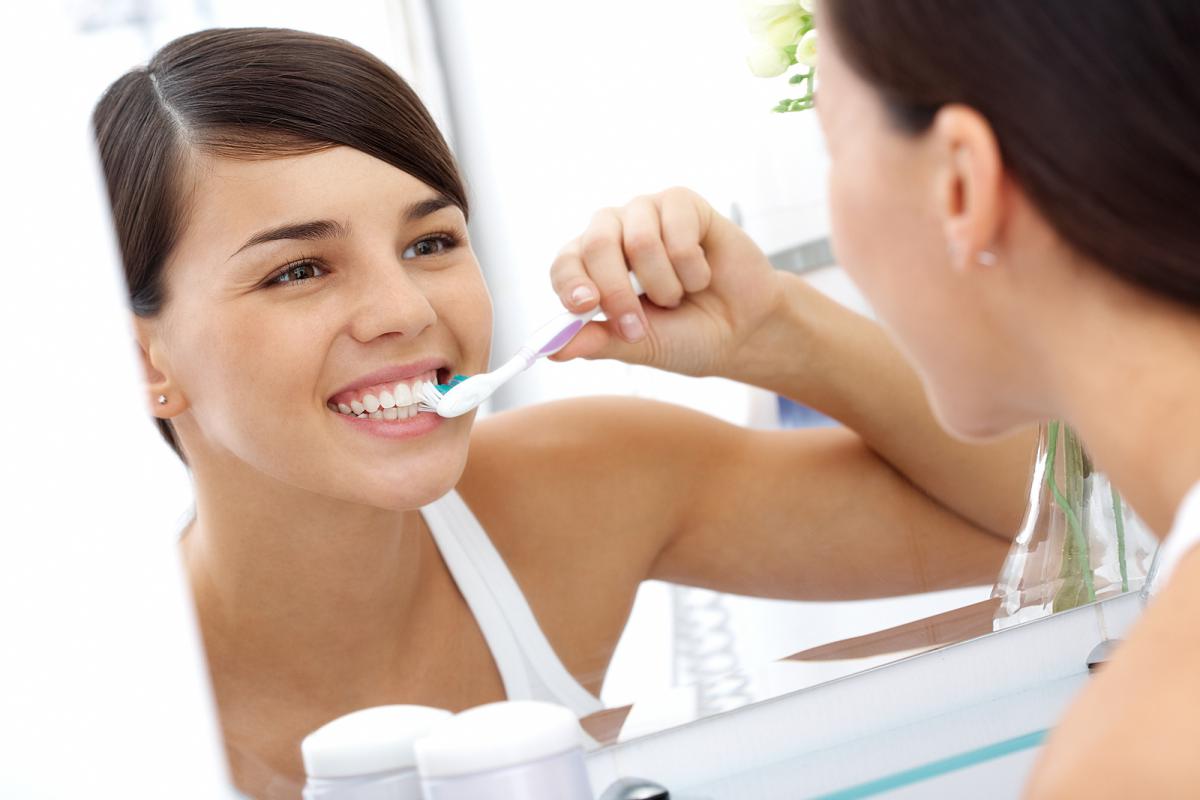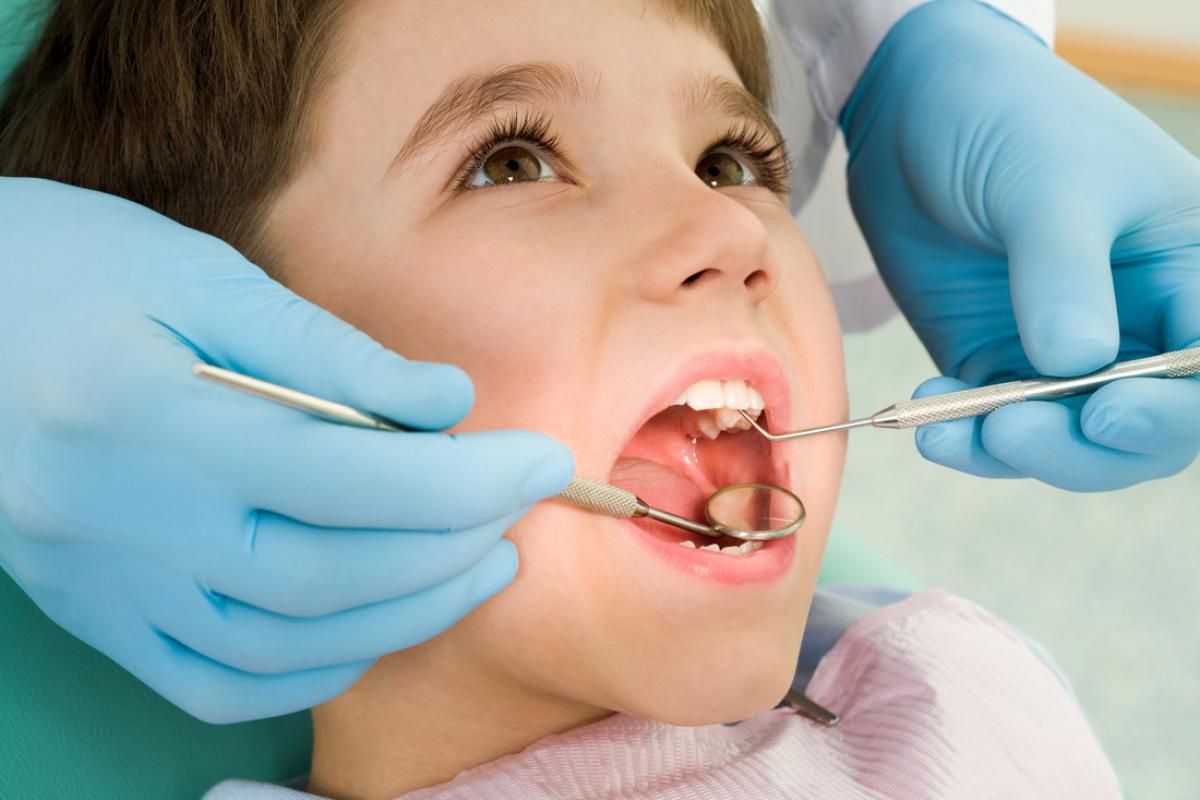
Most parents are not comfortable with the idea of taking their child to see an orthodontist until there is a need. The American Dental Association recommends that children first visit an orthodontist for a checkup by the age of seven. Young as it may seem, but there are some dental problems that develop between the age of six and twelve and by identifying them as early as possible, the need for medical treatment can be reduced or eliminated considerably later on.
Early orthodontic treatment, generally, can straight up crooked teeth, guide permanent teeth into better positions, and correct bite problems. The need for tooth extraction can also be prevented from happening.
How to tell whether your kid needs braces? Here are some common signs to take into account:
- the child loses baby teeth too early or too late
- faces difficulty when chewing or biting
- breathes often out of the mouth
- there are misplaced, blocked-out, or crowding teeth
- the jaw makes sounds
- the child frequently bytes the roof of their mouth or cheeks
- the teeth do not meet naturally but abnormally
- the teeth and jaw grow too large or too small in comparison to the rest of the face
Shocking as it may sound at first, but there is no need to worry. Modern types of braces are comfortable and well-designed to meet both aesthetical and medical needs. Pediatric dentists based in Los Angeles, for example, are not only excellently trained and provided with first-hand experience, they also use advanced medical equipment to identify common and uncommon signs referring to a dental issue. They can certainly fix your children’s teeth problems and bring back the smile on their faces.
Types of braces for kids

First thing that comes to mind when thinking about braces is the traditional format – unpleasantly looking metal-wired things that awake associations with embarrassment and awkward age. Actually, the general perception that most people share is no longer true.
The modern orthodontic treatment offers braces for kids that are lighter, smaller and comfortable. What is more fun, they vary in color combinations so the children are able to choose whatever they like.
The options are numerous:
- only one color
- two colors
- one color for the top teeth and another for the bottom
- color mix inspired by a celebration, like a birthday or Christmas party.
The opportunity to customize your braces to fit your personal taste adds some charm to the experience and it no longer seems that frightening as in the beginning.
What are the advantages of early orthodontic intervention?
- Correcting many kinds of biting and chewing issues
- Improving the arrangement of the teeth by making it more functional and good-looking, which inevitably will increase your kid’s confidence and self-esteem
- Controlling the growth of the jaw to accommodate emerging teeth
- Preventing from developing further harmful habits, such as tongue pushing or thumb sucking.
- Minimizing the risk of damage and further extraction to any protruding teeth
- Gives positive prognosis for the development of permanent teeth

Preventing tooth decay
The destruction of the tooth structure affects the dentim layer of the tooth and the enamel. Tooth decay may happen as a result of excessive consumption of sugar-rich and foods, namely cereals, milk, cakes, soda, candy, bread, fruits, and so forth. Bacteria living in the mouth absorbs these foods’ leftovers and transform them into acids. They form plaque which adheres to the teeth. As a result, the acid-loaded plaque dissolves the enamel surface and causes cavities in the teeth.

Daily dental tips for kids and adults to prevent tooth decay
- Try to brush your teeth two times a day at least. It is recommendable (not mandatory, whatsoever) to brush your teeth every time you had something to eat. If you run on a busy schedule, stick to the twice-a-day rule. Take into notice that cleaning your teeth before bedtime is vital for your dental health.
- Use e a toothpaste that contains fluoride.
- Establish a healthy diet. Aim for balanced and nutrients-rich meals. Avoid consuming large amounts of snacks and carbohydrates-containing foods, such as chips or pretzels. Sticky foods should also be limited, for they remain on the tooth surface. It is alright to eat them, of course, only make sure you brush your teeth afterwards.
- Watch out your blood sugar levels. Limit consumption of sweets, candies, cakes, chocolates and other sugar-rich foods.
- Schedule consultations for regular checkup and professional cleaning with your dentist at least twice a year.

Leave a Reply